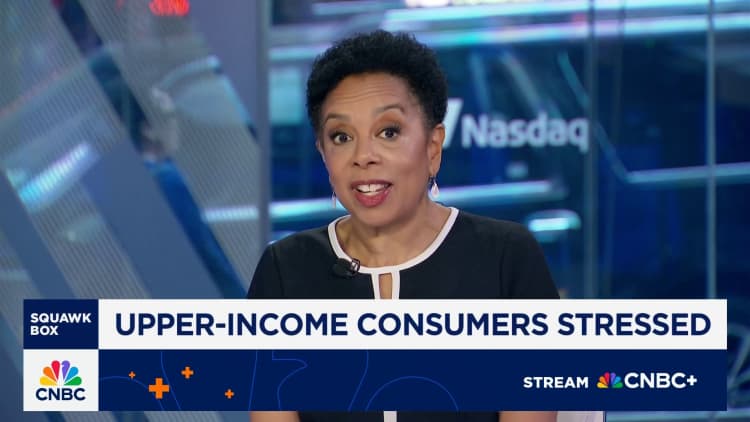Richvintage | E+ | Getty Images
If you’re an older investor and eager to save more for retirement, there’s a big 401(k) change for 2025 that could help boost your portfolio, experts say.
Americans expect they will need $1.26 million to retire comfortably, and more than half expect to outlive their savings, according to a Northwestern Mutual survey, which polled more than 4,600 adults in January.
But starting this year, some older workers can leverage a 401(k) “super funding” opportunity to help them catch up, Tommy Lucas, a certified financial planner and enrolled agent at Moisand Fitzgerald Tamayo in Orlando, Florida, previously told CNBC.
Here’s what investors need to know about this new 401(k) feature for 2025.
Higher ‘catch-up contributions’
For 2025, you can defer up to $23,500 into your 401(k), plus an extra $7,500 if you’re age 50 and older, known as “catch-up contributions.”
Thanks to Secure 2.0, the 401(k) catch-up limit has jumped to $11,250 for workers age 60 to 63 in 2025. That brings the max deferral limit to $34,750 for these investors.
Here’s the 2025 catch-up limit by age:
- 50-59: $7,500
- 60-63: $11,250
- 64-plus: $7,500
However, 3% of retirement plans haven’t added the feature for 2025, according to Fidelity data. For those plans, catch-up contributions will automatically stop once deferrals reach $7,500, the company told CNBC.
Of course, many workers can’t afford to max out 401(k) employee deferrals or make catch-up contributions, experts say.
For plans offering catch-up contributions, only 15% of employees participated in 2023, according to the latest data from Vanguard’s How America Saves report.
‘A great tool in the toolbox’
The higher 401(k) catch-up is “a great tool in the toolbox,” especially for higher earners looking for a tax deduction, said Dan Galli, a CFP and owner of Daniel J. Galli & Associates in Norwell, Massachusetts.
While pretax 401(k) contributions offer an up-front tax break, you’ll owe regular income taxes on withdrawals, depending on your future tax bracket.

However, your eligibility for higher 401(k) catch-up contributions hinges what age you’ll be on Dec. 31, Galli explained.
For example, if you’re age 59 early in 2025 and turn 60 in December, you can make the catch-up, he said. Conversely, you can’t make the contribution if you’re 63 now and will be 64 by year-end.
On top of 401(k) catch-up contributions, big savers could also consider after-tax deferrals, which is another lesser-known feature. But only 22% of employer plans offered the feature in 2023, according to the Vanguard report.










